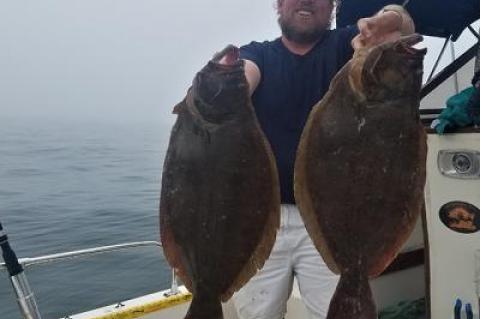Open a fisherman’s tackle box and you’ll see lures of every imaginable color. But what color catches the most fish?
Outdoors
 Nature Notes: Whence the Whistlepig?
Nature Notes: Whence the Whistlepig?How much wood could a groundhog chuck if a groundhog could chuck wood? It’s not quite as much of a tongue twister when you substitute another name for the species.
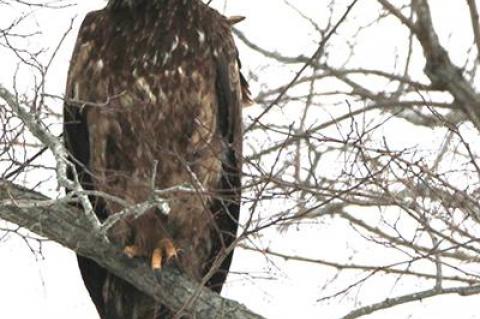 Nature Notes: The Eagles Have Landed
Nature Notes: The Eagles Have LandedAfter achieving a historic low in the 1960s, owing to wide use of DDT and other pesticides, the Long Island osprey populations have bounced back and are still rising. But the increasing number of cormorants and seals in our waters since the 1990s is nettling their comeback, and now there is a third competitor on the scene to contend with — one most of us are happy for: our national bird.
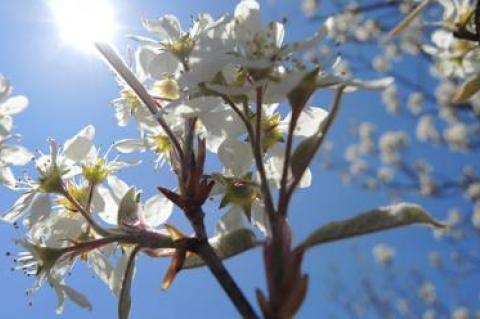 Nature Notes: Now Shad, Next Dogwood
Nature Notes: Now Shad, Next DogwoodSpring is moving right along in good stead. A car ride through the local roads gives one an up-to-date reading of its progress. Today, for example, during a back-and-forth, up-and-down trip through the back roads of Northwest Woods, the signs of advancing spring were readily apparent.
Following the end of World War II there was a big building boom across the country as our servicemen came back from the European and Pacific theaters to resume the American way of life that they missed during four years of nonstop fighting against the Germans and Japanese.
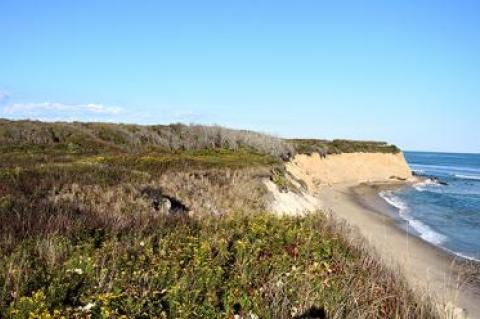 Nature Notes: For Rich and Poor Alike
Nature Notes: For Rich and Poor AlikeSome people say that we on the South Fork are going to hell in a handbasket. We look across the Peconics and see mostly green fields of grapes, vegetables, and other produce. Here most of the farmland is up for grabs, but thankfully that wonderful organization, the Peconic Land Trust, is out there grabbing. It is not only keeping viable farmland in production, it is revitalizing farm plots that have long stood dormant and recruiting young farmers, mostly the sons and daughters of old farmers, to make the land fertile once more. In a way, it’s the same way with fishermen.
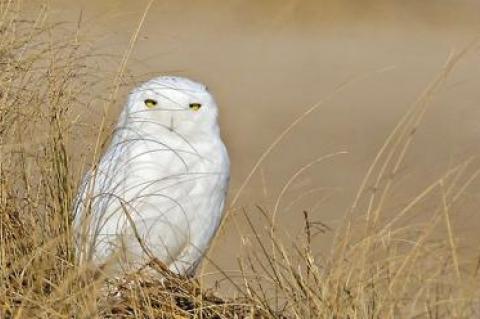 Nature Notes: Nature’s Memorial?
Nature Notes: Nature’s Memorial?By all accounts, winter has finally descended upon us. But as of the date for this column, there are only 39 days until crocuses begin blooming. It’s one of the oddest winters I can remember, one with very few winter birds, only a handful of waterfowl, and, as of yet, no ice skating. One wonders if such a winter will be good for all of those coastal ponds of our area that are in trouble, or will it worsen them?
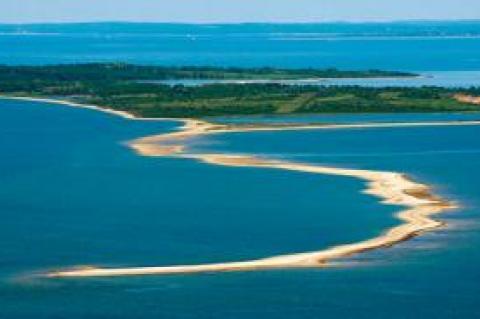 Nature Notes: Looking Into the Future
Nature Notes: Looking Into the FutureI started this environmental and natural history column in 1981, and except for about four years in the latter part of the 1980s it has been going ever since. I hope to keep it going on into the 2020s. We will see. Nature and the environment are in a lot of trouble and need all of the help they can get. Who wants to live on Mars?
A recent study published in The New York Times observed that the female and male humans’ brains were identical in anatomy, yet males and females are so different behaviorally and physiologically in so many ways. How is it possible the brains are the same?
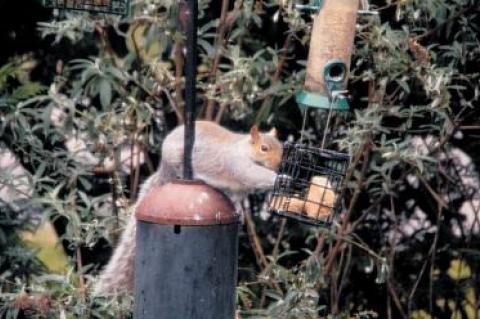 Nature Notes: Squirreled Away
Nature Notes: Squirreled AwayAs many of you readers have observed (or heard falling in the night), there was a tremendous crop of acorns this year, notwithstanding the dryish summer. More acorns should produce more squirrels, which are famous feeders on acorns during the winter months, having squirreled hundreds away during the fall.
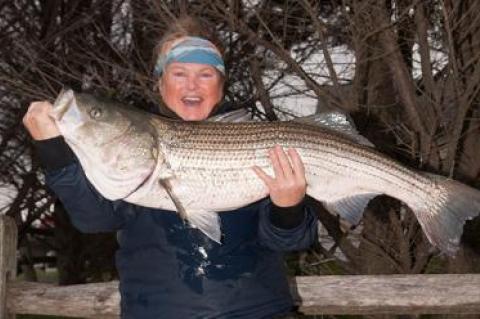 Made SurfMasters History
Made SurfMasters HistoryThe Montauk SurfMasters Fall Classic ended on Dec. 1, with fewer contenders than usual, due largely to a season that Paul Apostolides of Paulie’s Tackle described as “tough, tough, tough.”
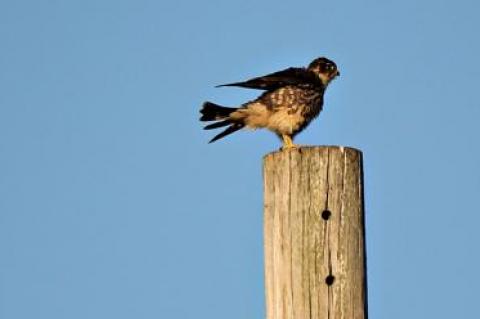 Nature Notes: Winged Hunters
Nature Notes: Winged HuntersThe winter birds are here until March and April. It’s time to stock the feeders for the long winter haul. Most of us who feed the birds will be carefully watching, identifying, and counting, and so will a bird or two whose powers of observation far outstrip our own — those pesky hawks with the sharp beaks and vice-grip talons.
 Nature Notes: An Eden in Pictures
Nature Notes: An Eden in PicturesI think it was D.H. Lawrence who said any village that you couldn’t walk through, one end to the other, in an hour or so, isn’t worth the trip.
The United States Army Corps of Engineers and their contractors did in a few days what Hurricane Sandy of 2012 never did, or Irene a year before Sandy, as well as a host of storms prior to those two.
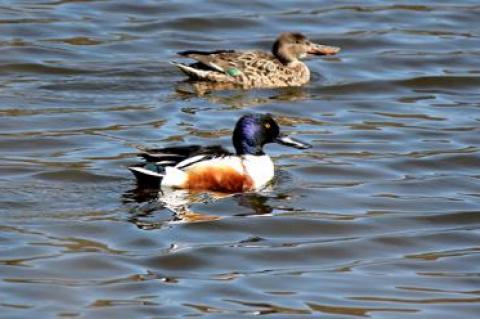 Nature Notes: Fowl Feathered Friends
Nature Notes: Fowl Feathered FriendsThe black and scarlet oaks with their lobed and pointed leaves may be on the way to becoming live oaks, the ones in the South and California that never lose their leaves in the fall and are, thus, evergreens. It will take thousands of years for such a conversion, but global warming may shorten that time span a bit. We’ll see.
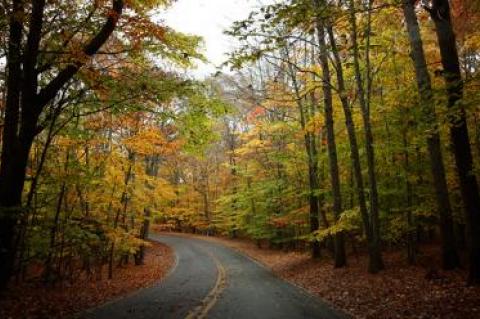 Nature Notes: Something Nice
Nature Notes: Something NiceMost of the eastern United States is made up of counties, townships, cities, villages, hamlets, and neighborhood areas that have names but have no local government. The western states, which came latest, have counties and cities, but also neighborhoods that have distinct names as in the East. Some of the Midwest states, which joined the union in the middle of its growth, have towns and villages, as well as cities and counties.
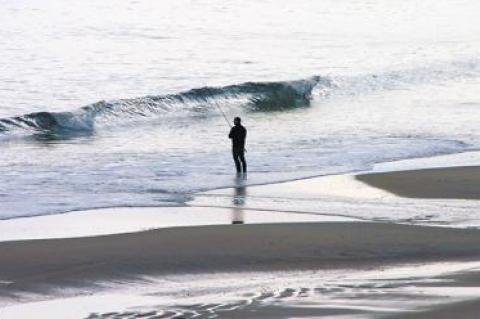 Feeling That Familiar Tug
Feeling That Familiar TugOne of my closest friends growing up in Levittown was Ronald Kuhlman. His father was a taxidermist, an old-school practitioner of the ancient art who was able to skin a hunter’s pride right down to gut and bone.
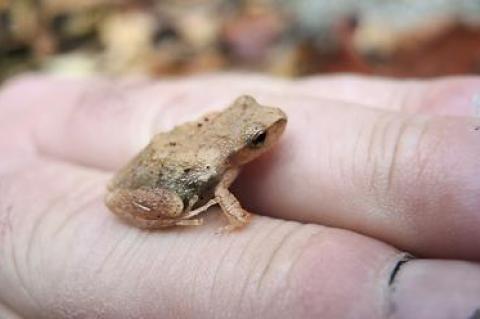 Nature Notes: Fall Peepers?
Nature Notes: Fall Peepers?The rain and wind of last Wednesday didn’t spoil the fall foliage after all. As of Monday, the oaks in my yard still had three-quarters of their leaves and were more than 50-percent green. Is it a sign of global warming that leaves take longer and longer each year to turn or is it just some enigma that won’t easily be explained and predictable for some time?
Ah, fall, the sound of acorns dropping on the roof on a breezy night can wake you up, but it’s much more comforting than the sound of the rain of frass from a thousand gypsy moth larvae defecating at the same time. The acorn that falls on your roof and rolls off does not fall far from your house.
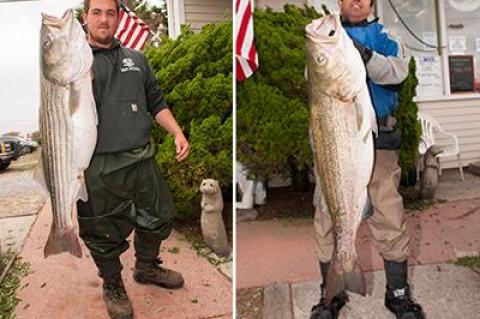 Too Hard and Too Soon
Too Hard and Too SoonI made the decision to haul the sloop Leilani, to bring her onto “the hard,” as the sailor calls the land, two weeks ago when one of the prognosticating computer models showed Hurricane Joaquin passing directly over Long Island.
As Roseanne Roseannadanna of “Saturday Night Live” might say if she were with us today, “What’s all this fuss about blue-green algae? Algae are good, aren’t they?” Yes, blue-green algae have become common in the news lately. But I doubt that one in 10,000 people have ever seen one or has any idea about what one is. In actuality, the blue-green alga is not an alga at all (true algae have nuclei), but a bacterium, in fact, a cyanobacterium, one of the first to exist on earth.
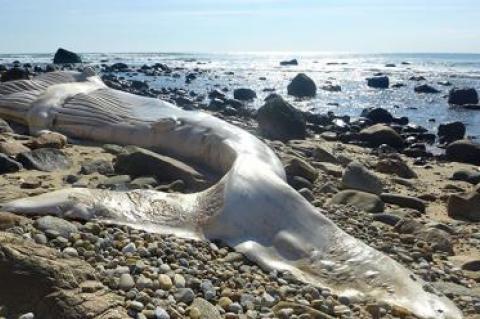 ‘There Was This Whale . . .’
‘There Was This Whale . . .’The whale was white, a silvery white, with one of its graceful pectoral fins languorously draped across its midsection like the arm of an otherworldly odalisque. Beautiful.
We’ve just suffered through another northeaster, but fortunately missed Hurricane Joaquin, which went out to sea after bombarding the Bahamas and Bermuda. After a long lull between 1962 and 1983, we’ve had a plethora of costly coastal storms beginning with the March northeaster of 1984 and culminating with Sandy at the end of October 2012.
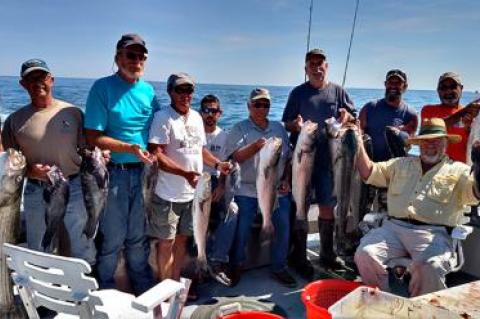 Blood Moon, Silver September
Blood Moon, Silver SeptemberThe small bumper sticker caught my eye a few days ago in a parking lot at the beach. Its message included the ubiquitous heart hieroglyph that stands for the word “love.” Montauk, the whole East End was suffused with silver light that reflects off the sea at the time of the autumnal equinox when the sun sinks lower on the horizon. I call it Silver September.
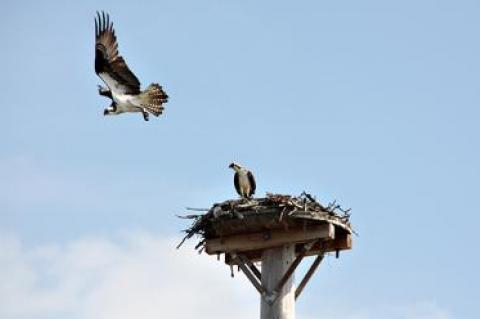 Nature Notes: Ospreys Are Snickering
Nature Notes: Ospreys Are SnickeringThe fall is here, my favorite time of the year. The Hamptons are still the Hamptons, but the traffic is diminished, things slow down, the sky is beautiful, and the leaves turn myriad colors before they fall to the ground in November. It’s the time of the great bird migration and the harvesting of fish and shellfish, just like in the old days.
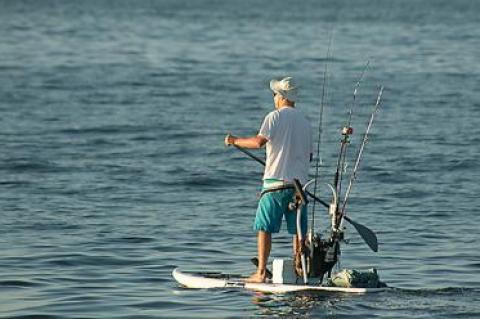 Sustenance on the Sand
Sustenance on the SandSo, I’m standing at the beach with a late-summer visitor, an old friend, looking across Coke bottle-green waves to the horizon, and he says, “You’re so lucky.”
Let’s talk bones. On Sunday, we sailed Leilani to the Gardiner’s Island porgy grounds. Before we set sail, I walked across the street to the West Lake Marina (it’s still the West Lake Fishing Lodge in my mind) to buy a package of frozen clam bait.
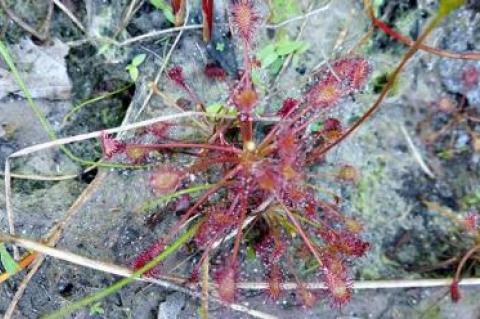 Nature Notes: Hungry Plants
Nature Notes: Hungry PlantsWe all know about the Venus flytrap. It’s a carnivorous plant that lives sparingly in the coastal Carolinas and catches insects in its trap. How many of us, however, know that right here on the East End we have more than a handful of such plants, which eke out a living by catching and eating insects.
Growing up on the rural North Fork surrounded by potato fields and water in the mid-1900s was idyllic for most of us. You could work as soon as you could walk, ride your bike anywhere day or night, play outside games like marbles, tag, hide-and-seek, giant steps, listen, look, taste, smell, and touch. You felt safe and secure.
The old expression was “he or she had sand,” meaning fortitude, and I think, seeing as how it was obviously a very old expression, “sand” referred to endurance or vitality, as in plenty of time remaining in the hourglass.

